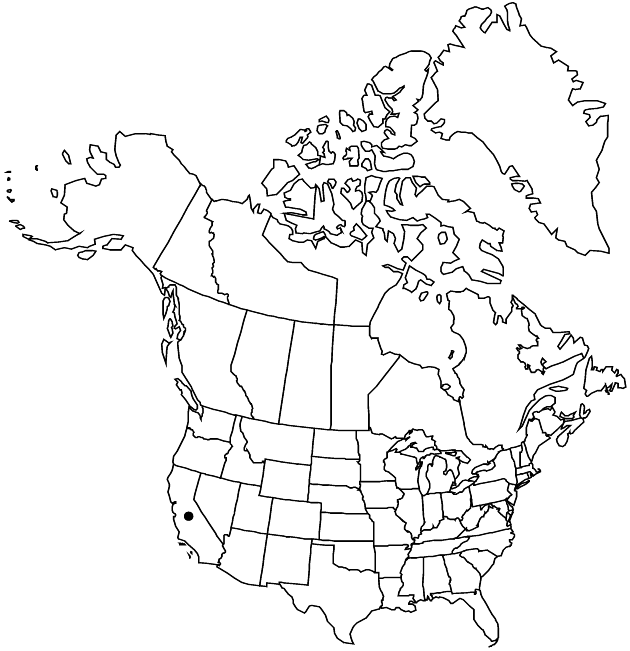Difference between revisions of "Erigeron supplex"
Proc. Amer. Acad. Arts 7: 353. 1868.
FNA>Volume Importer |
imported>Volume Importer |
||
| (One intermediate revision by the same user not shown) | |||
| Line 8: | Line 8: | ||
}} | }} | ||
|common_names=Supple fleabane | |common_names=Supple fleabane | ||
| + | |special_status={{Treatment/ID/Special_status | ||
| + | |code=E | ||
| + | |label=Endemic | ||
| + | }}{{Treatment/ID/Special_status | ||
| + | |code=C | ||
| + | |label=Conservation concern | ||
| + | }} | ||
|basionyms= | |basionyms= | ||
|synonyms= | |synonyms= | ||
| Line 46: | Line 53: | ||
|publication title=Proc. Amer. Acad. Arts | |publication title=Proc. Amer. Acad. Arts | ||
|publication year=1868 | |publication year=1868 | ||
| − | |special status= | + | |special status=Endemic;Conservation concern |
| − | |source xml=https:// | + | |source xml=https://bitbucket.org/aafc-mbb/fna-data-curation/src/2e0870ddd59836b60bcf96646a41e87ea5a5943a/coarse_grained_fna_xml/V19-20-21/V20_711.xml |
|tribe=Asteraceae tribe Astereae | |tribe=Asteraceae tribe Astereae | ||
|genus=Erigeron | |genus=Erigeron | ||
Latest revision as of 21:05, 5 November 2020
Perennials 15–40 cm; taprooted (taproots/primary axes usually not evident or not collected), forming systems of relatively slender, rhizomelike caudex branches. Stems ascending, sparsely spreading-hairy, eglandular. Leaves cauline; proximal blades narrowly oblanceolate, 40–80 × 4–7 mm, gradually reduced and linear distally (bases not clasping), margins entire, ciliate, faces glabrous or glabrate, eglandular. Heads (discoid) 1(– 2). Involucres 7–11 × 14–20 mm. Phyllaries in 2–3 series, sparsely to densely villoso-hirsute, densely minutely glandular. Ray (pistillate) florets 0. Disc corollas 4.7–7 mm. Cypselae 1.8–2.2 mm, 2-nerved, faces sparsely strigose; pappi: outer of setae, inner of 17–30 bristles.
Phenology: Flowering May–Aug.
Habitat: Coastal areas, bluffs, meadows
Elevation: ca. 50 m
Discussion
Of conservation concern.
Selected References
None.
